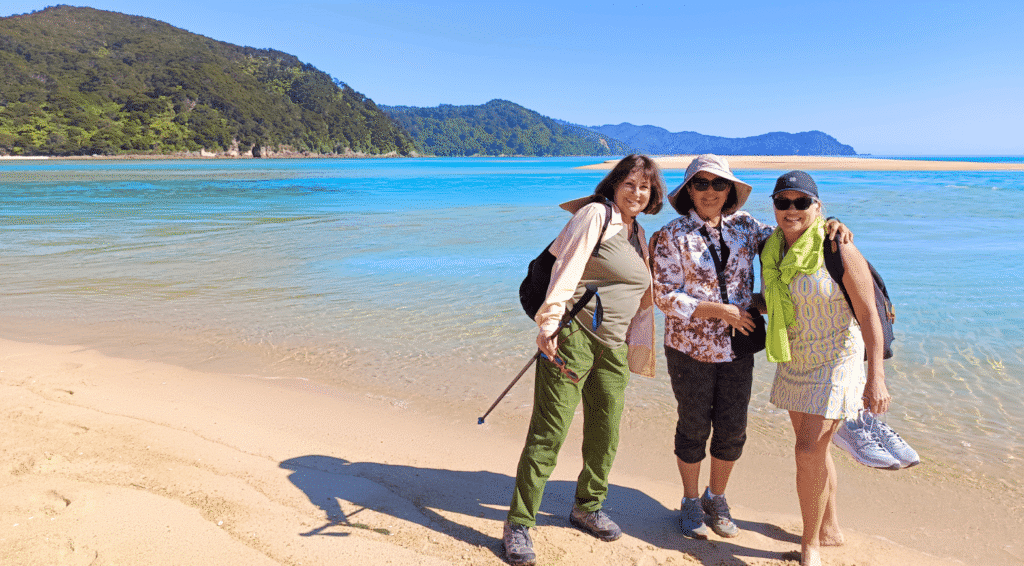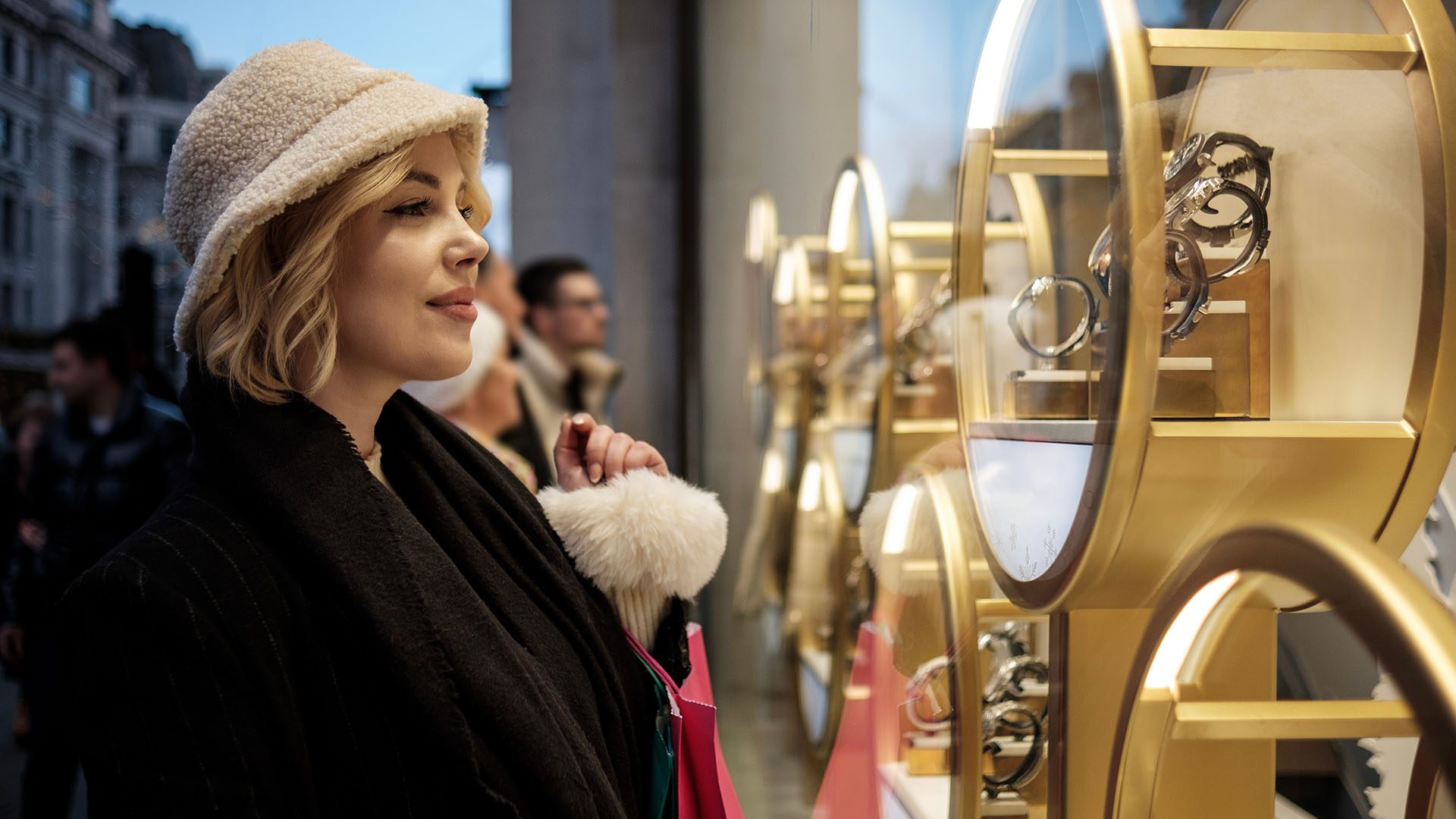Are you over the rain? At these other-worldly Australian locations water transforms the entire landscape – with phenomenal results.
It’s hard at times to think of anything positive when it’s drizzling outside. But as one of the world’s driest continents, a bit of rain casts a real-life magic spell over our deserts, swamps and cities.
It’s time to gaze upon these drenched destinations.
1. Uluru, NT
Conjure up in your mind’s eye the sandstone monolith that has become emblematic of Australia. Can you see it glowing red, surrounded by the dust of the Red Centre? It’s not always like this.
Once or twice a year, Uluṟu is transformed by heavy downpours. You’ll see waterfalls and rivulets cascade down channels of sandstone leaving you awestruck.
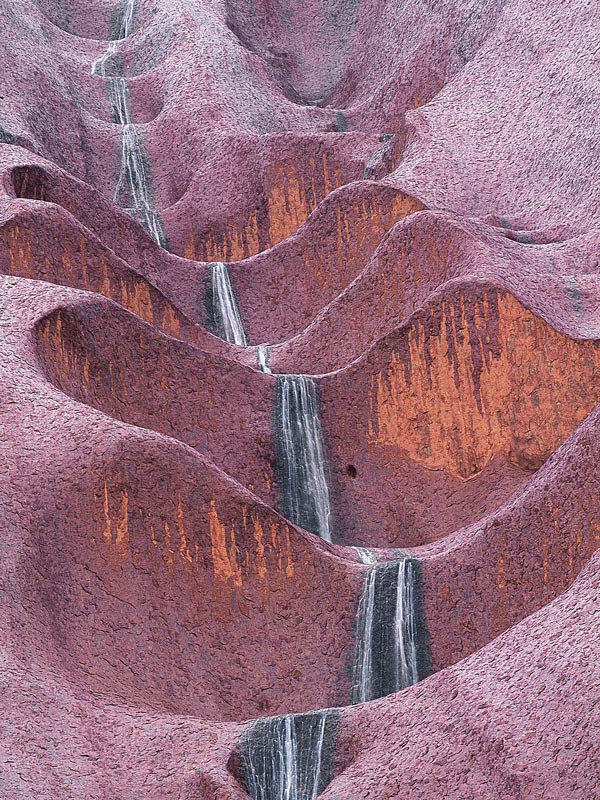
See the breathtaking waterfalls cascading down Uluṟu. (Image: Voyages Indigenous Tourism Australia)
2. Kati Thanda-Lake Eyre, SA
A trip to Australia’s largest salt lake should be on everyone’s travel to-see list – and the best way to appreciate it is from above.
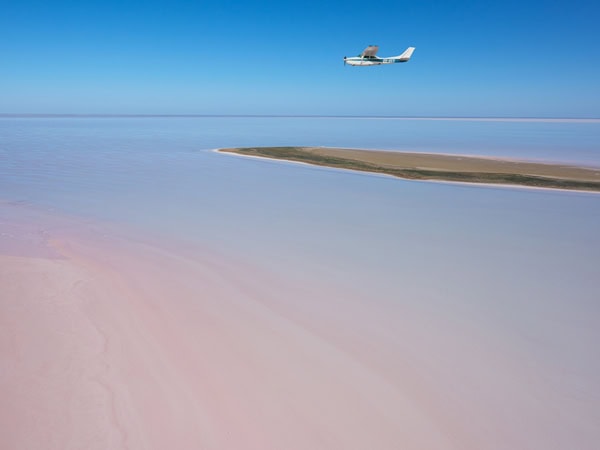
Admire Kati Thanda-Lake Eyre from above. (Image: South Australian Tourism Commission)
When Kati Thanda is dry (which is most of the time), stripes of moon-like shades of grey and sandy orange are at the country’s lowest point below sea level.
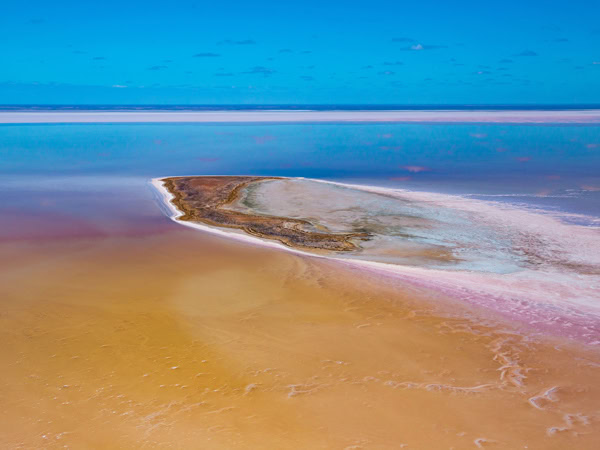
Kati Thanda-Lake Eyre is Australia’s largest salt lake. (Image: South Australian Tourism Commission)
But come here after outback rain? A surge of water causes the expanse to turn pink, and it teems with breeding migratory birds.
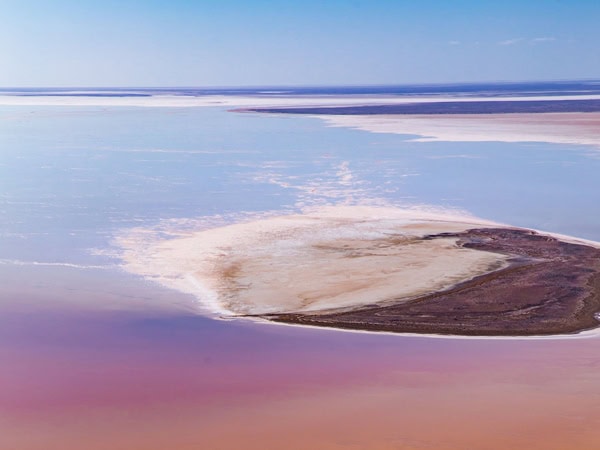
Rain transforms Kati Thanda-Lake Eyre. (Image: South Australian Tourism Commission)
3. Darwin, NT
Sure, the Top End is more popular in the winter dry season. But in monsoon season? It becomes truly electrifying.
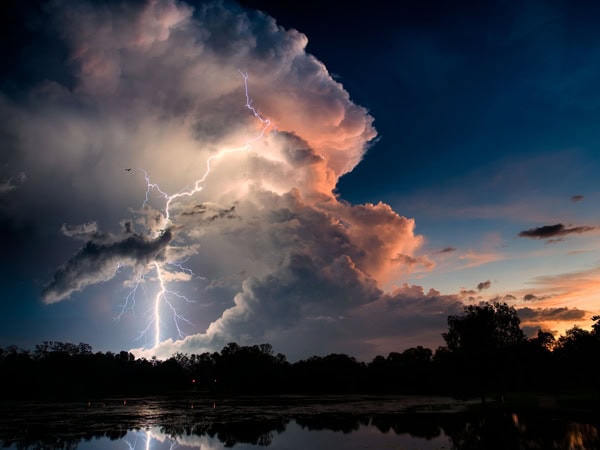
Monsoon season in Darwin is truly electrifying. (Image: Tourism NT/Paul Thomsen)
Starting by sitting on a Darwin balcony with a cold drink, soon your skin will pimple as the humidity drops. Ominous rumbles turn into outright roars and lines of white-purple crack across the sky. It’s a truly humbling experience.
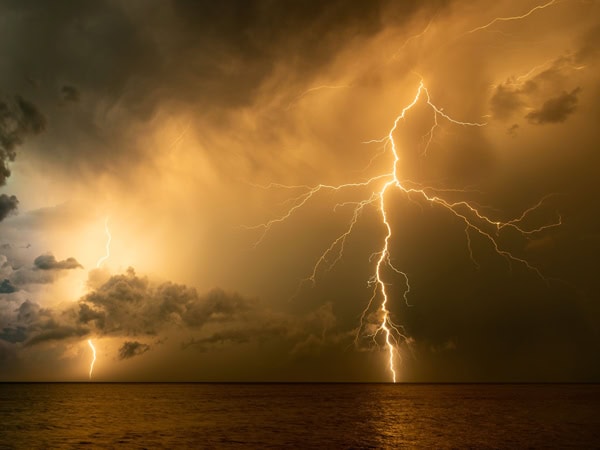
Darwin has a different kind of glow during the wet season. (Image: Tourism NT/Paul Thomsen)
4. Daintree Rainforest, Qld
The rainy Tropical North Queensland summer gets a bad rap. It’s true that the reef isn’t as clear, humidity hits hard when the sun is at its peak, and some walking tracks are bound to be inaccessible due to rain.
But these rainstorms contribute to what makes the Daintree so unique in the world. The emerald green leaves of the rainforest drip with vital moisture, waterfalls come to life and the happy hum of its wild residents intensifies.
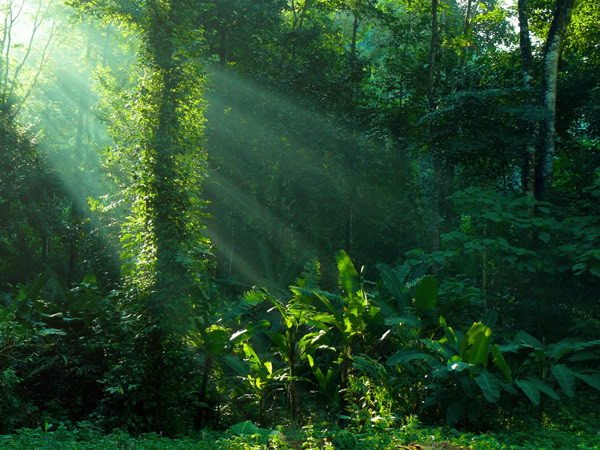
The Daintree Rainforest gets greener when it rains. (Image: kritdarat Atsadayuttmetee via Getty Images)
5. Tasmanian temperate rainforests
Over 3000 kilometres south you will find a very different type of rainforest. The remote, temperate rainforests of Western Tasmania are alive with ancient Gondwanan flora, Huon pines, climbing tree ferns, the beloved platypus, Tasmanian devils and pademelons.
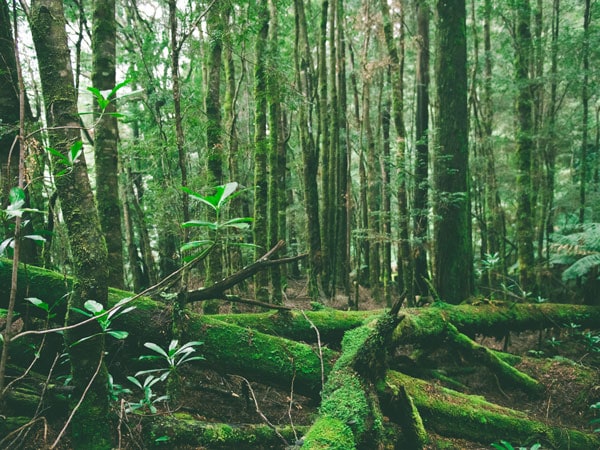
The temperate rainforest of Western Tasmania is dotted with Huon pines. (Image: Stu Gibson)
No wonder hikers from all over the world come here to trek in this cool, damp wonderland.
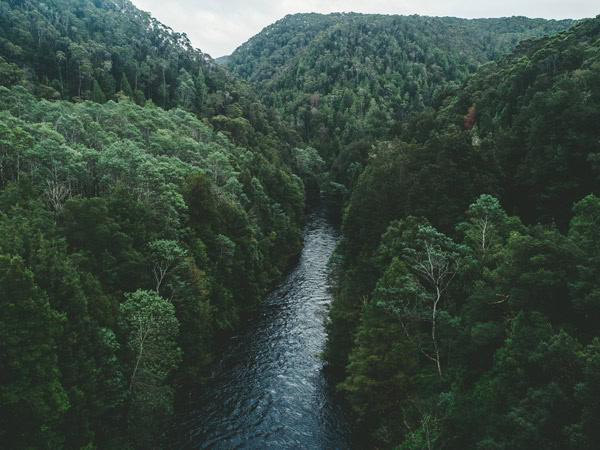
Get lost in the Tassie wilderness. (Image: Flow Mountain Bike)
6. Lorne waterfalls, Vic
On one hand, it’s extremely annoying that when the sun is out in summer, the Great Ocean Road becomes a nightmarish melee of cars and campervans (hello stress-induced mental breakdowns).
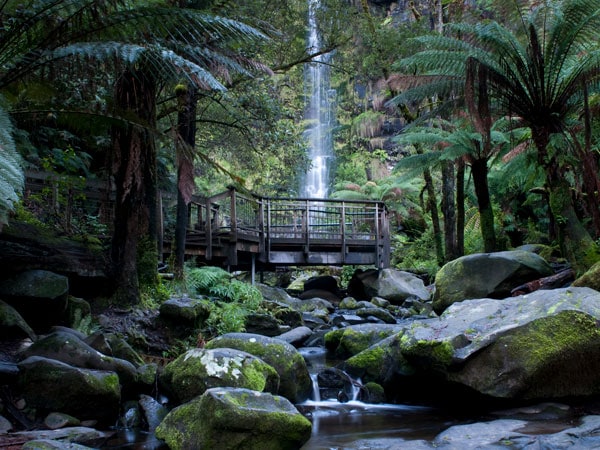
Stop by Sheoak Falls in Lorne to break from your Great Ocean Road drive. (Image: Parks Victoria)
On the other hand, it’s a good excuse to come here for a winter trip instead and see the raging waterfalls of Lorne. The autumn and winter rains make the already impressive falls even more so. And with the thinned-out crowds, you might even spot a koala in the nearby eucalyptus trees.
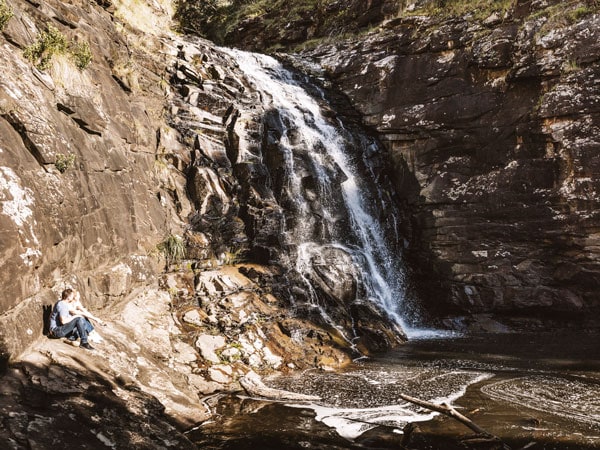
See the raging waterfalls of Lorne. (Image: Visit Victoria)
7. Glow Worm Tunnel, Wollemi National Park, NSW
You can see these unearthly, bioluminescent larvae at any time of the year. But there is something special about passing from rain to the cool darkness of the old railway tunnel in Wollemi National Park in the Blue Mountains.
Smaller foot traffic to the Glow Worm Tunnel walking track in wet weather means you can hear the drips falling into the puddles on the floor, with the unearthly blue glow providing your very own light show.
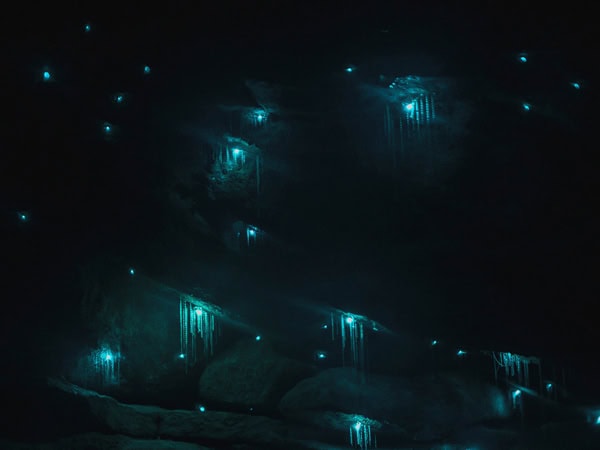
Glow worms glisten with a mystical blue glow. (Image: Destination NSW)
8. Coalseam Conservation Park, WA
In the summer, Western Australia’s first mined coal deposit is hot and quiet. When the winter rains pass though? It bursts into life with colourful spring flowers.
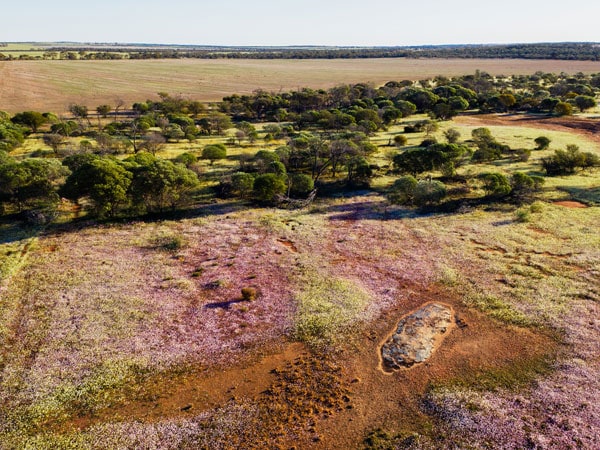
Coalseam Conservation Park bursts to life with the rain. (Image: Tourism Western Australia)
People travel to this part of the Wheatbelt region for a tranquil day: wandering through the yellows and pinks of the everlastings, grevilleas and banksias, snapping photos as they go.
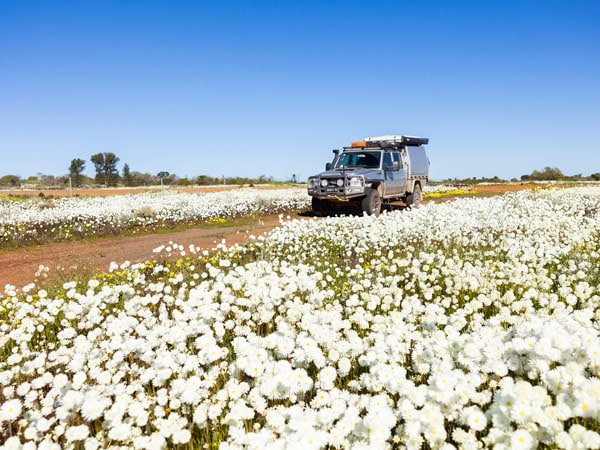
Drive along the white wildflowers in Coalseam Conservation Park. (Image: Tourism Western Australia)
9. Gurruwiling (Arafura Swamp), NT
Have you heard of the Gurruwiling (Arafura Swamp) in Arnhem Land? It is a remote water system, and the largest freshwater ecosystem and paperbark swamp in Australia.
Gurruwiling is also the home to the Yolŋu and Bi peoples, who work hard to mitigate the impact of climate change through their land management. If you want to see its ethereal beauty but can’t access it in person, the swamp played the starring role in the 2006 film, ‘Ten Canoes’.
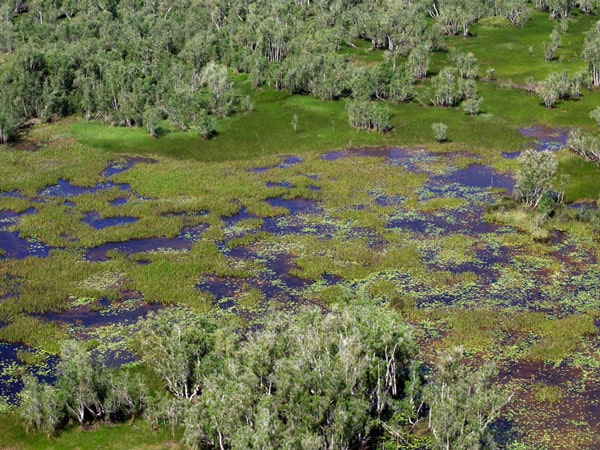
Gurruwiling, also known as the Arafura Swamp, is a pristine wetland in Arnhem Land.
10. Bungle Bungles, WA
Fly to Purnululu National Park in the East Kimberley and it’s impossible to miss the hive-like rock hills of the Bungle Bungles.
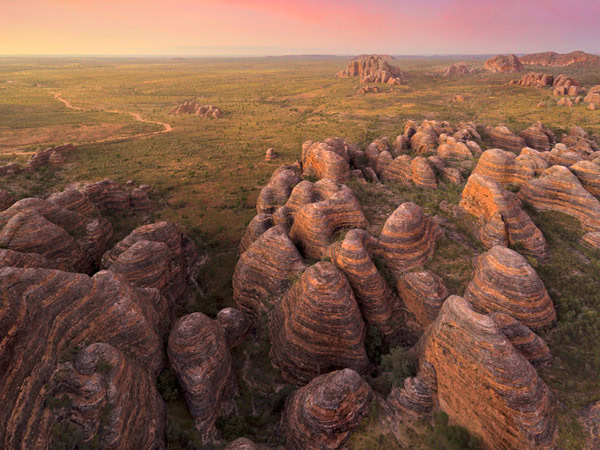
Walk among ancient sandstone formations within Purnululu National Park. (Image: Tourism Western Australia)
Exploring the cluster of red-orange and plum-dark striped stacks is heightened by the rainfall. We’re talking pools between the rocks, and springtime blooms of acacia flowers and grevilleas.
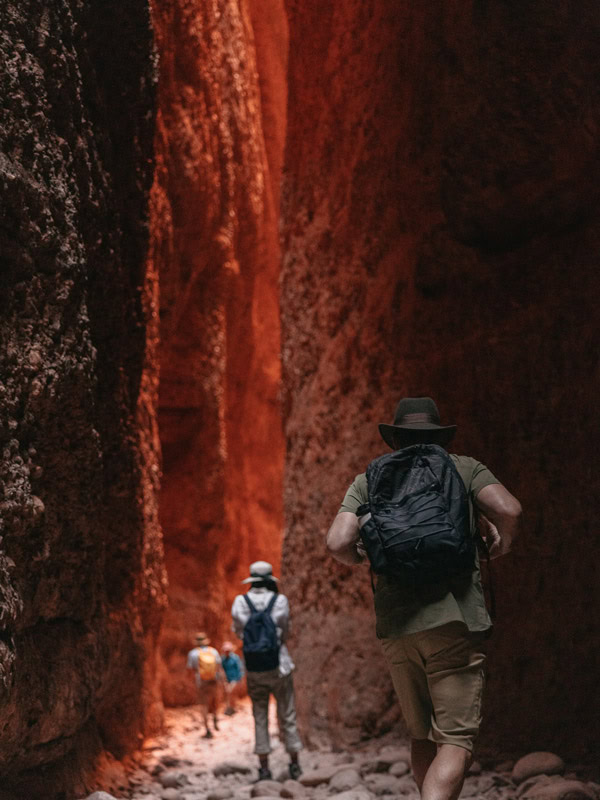
Exploring the cluster of red-orange and plum-dark striped stacks is heightened by the rainfall. (Image: Tourism Western Australia)
11. Wentworth Falls, NSW
The downside of it raining when you go to see Wentworth Falls is that you might need to eat lunch in the car in the picnic area. But brave the weather and step outside (we promise it’s worth it).

The short hike to Wentworth Falls is incredibly worth it. (Image: Destination NSW)
Make it to the nearby lookout and look across the misty Jamison’s Valley. It’s there you will see the jaw-dropping site of a pounding Wentworth Falls, courtesy of the rain-swollen creeks of the Blue Mountains.
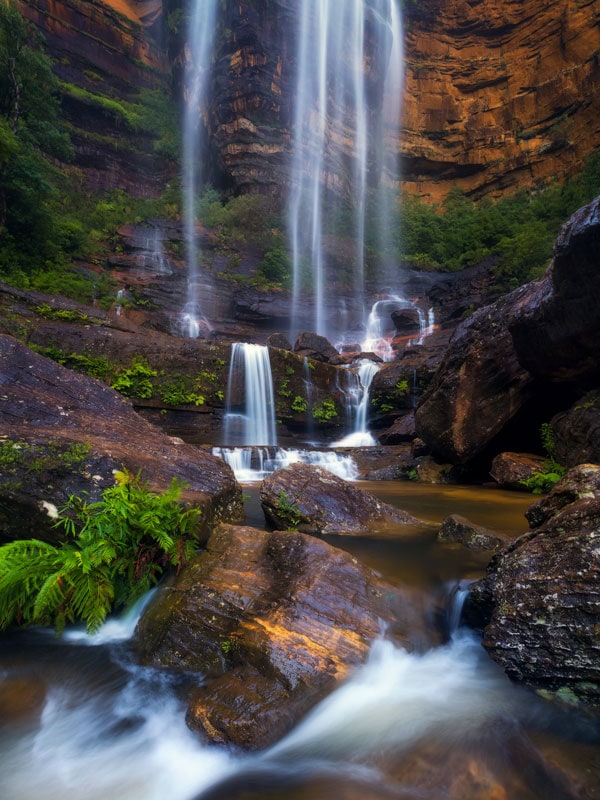
Be enchanted by the sight of the three-tiered Wentworth Falls. (Image: Destination NSW)
12. Barmah-Millewa Forest, Vic
Close to the Murray River, the Barmah-Millewa Forest is a seriously underrated destination for the average traveller.
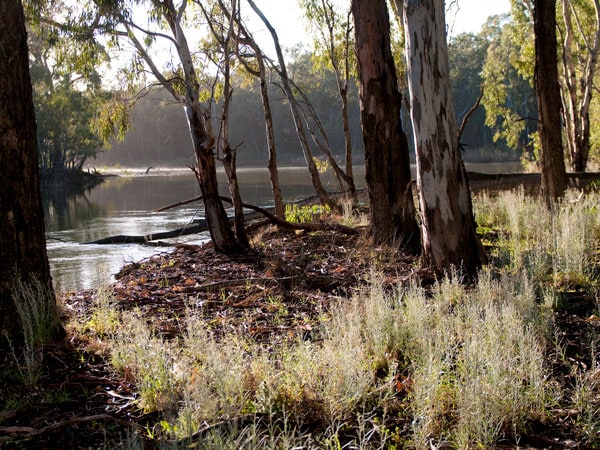
Barmah-Millewa Forest is on Yorta Yorta land. (Image: Parks Victoria)
The traditional lands of the Yorta Yorta have river red gum floodplains, freshwater marshes, and birdlife as diverse as waterbirds, galahs, cockatoos and cockatiels. Floods that occur from winter into spring contribute to its title as wetlands of international significance.

The wetlands have provided a constant source of nutrition for the Yorta Yorta People. (Image: Parks Victoria)
